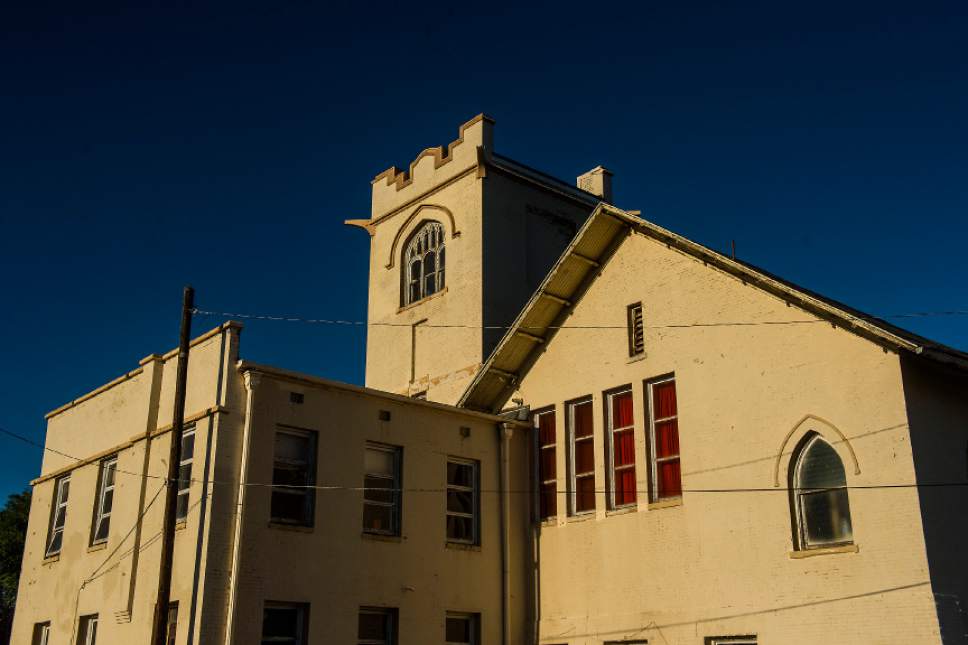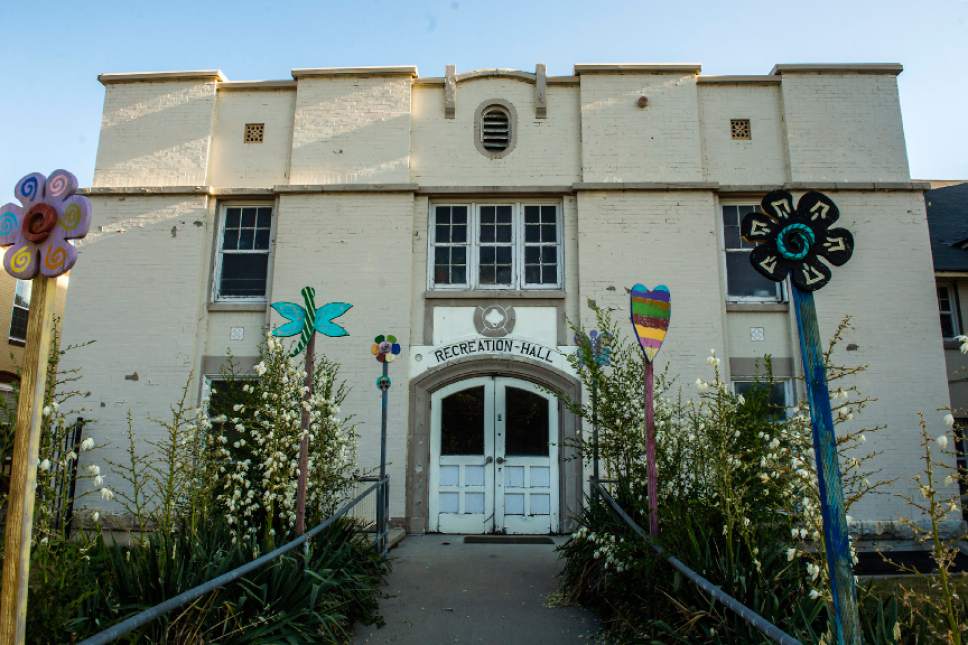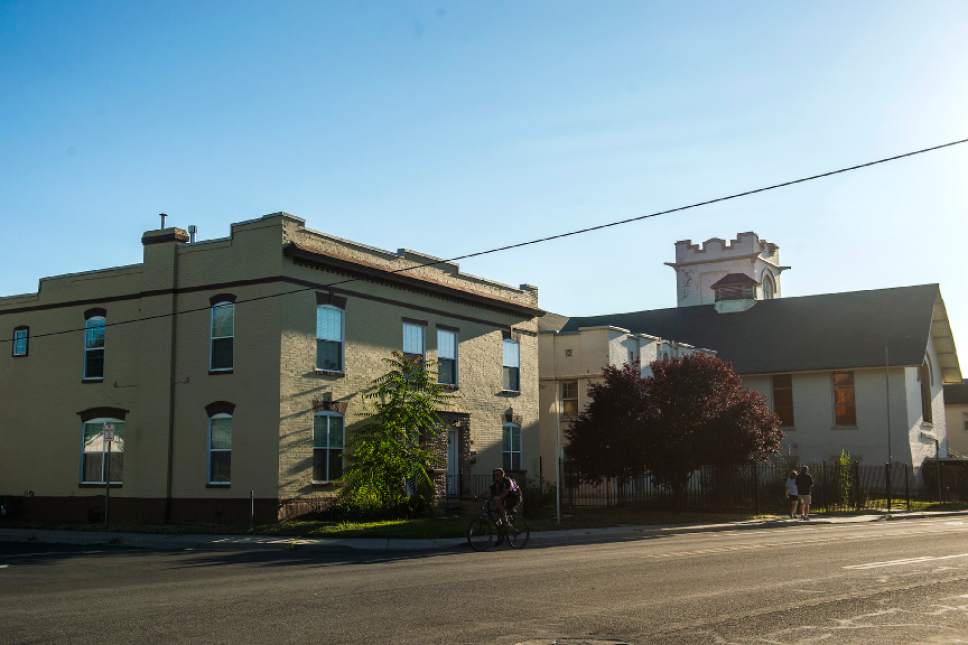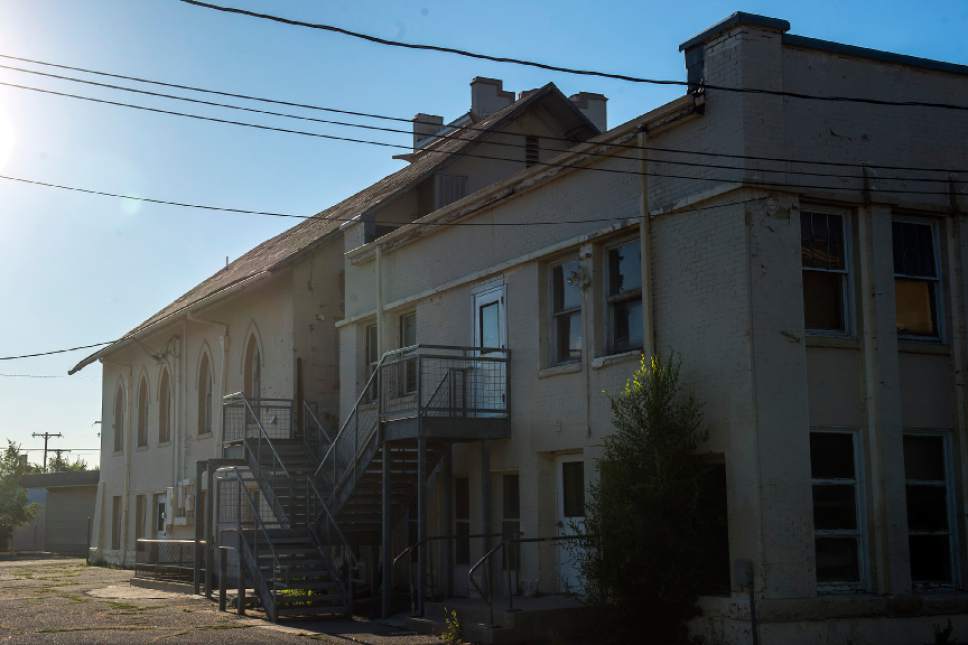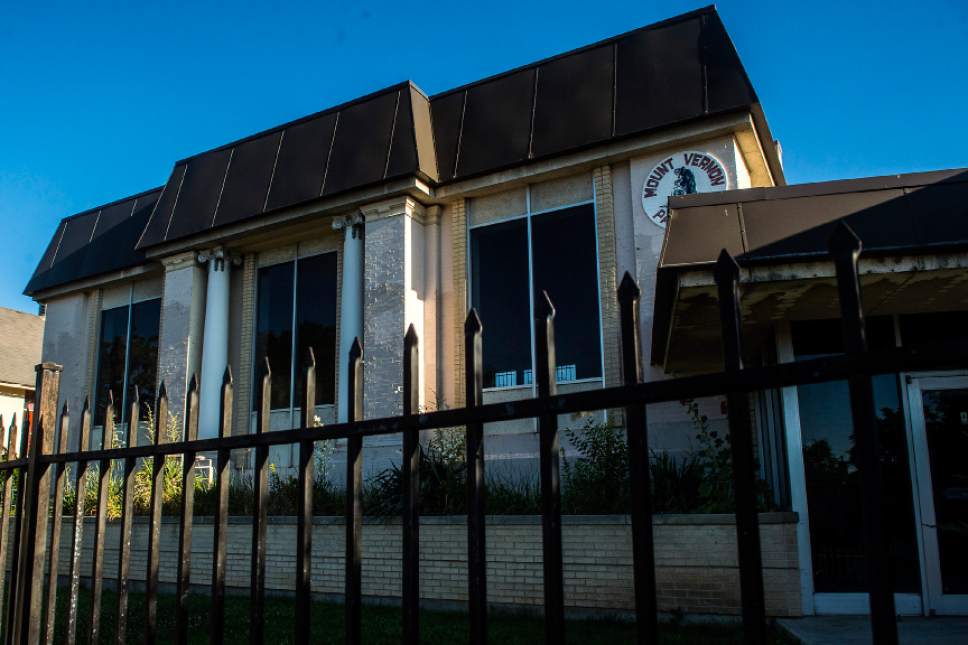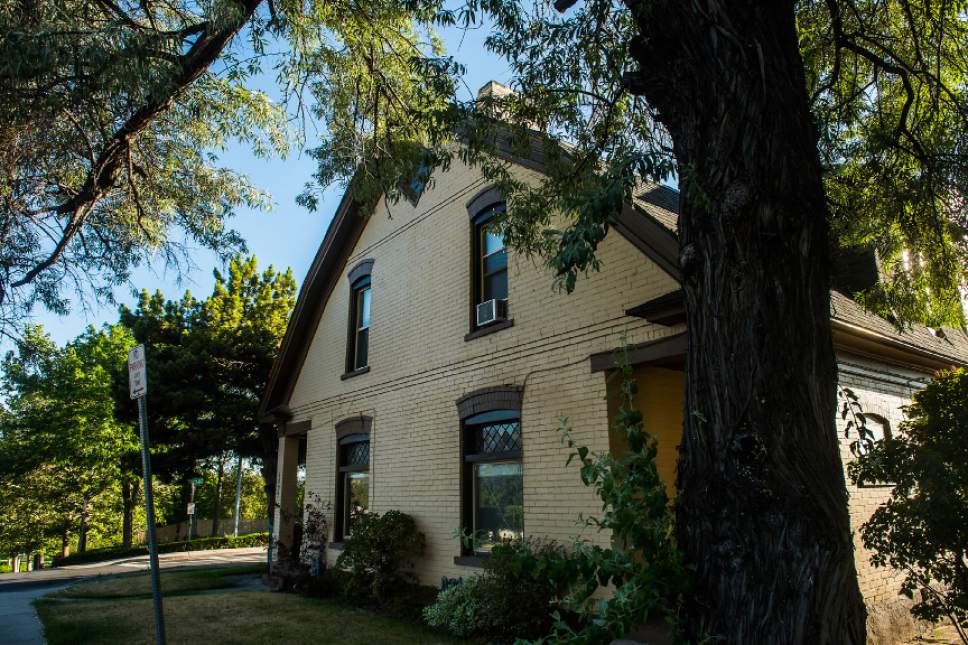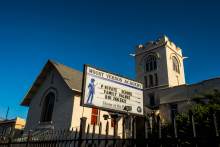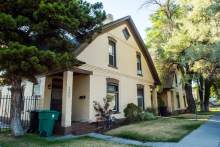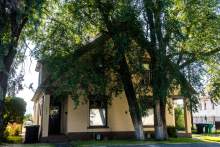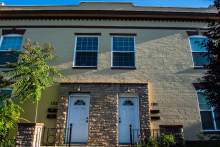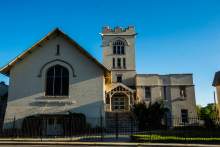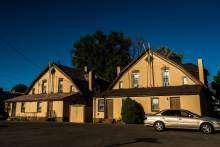This is an archived article that was published on sltrib.com in 2017, and information in the article may be outdated. It is provided only for personal research purposes and may not be reprinted.
Murray • Historic preservation is falling to economic development as municipal officials have given the green light to raze four historic structures — each over 100 years old — in downtown Murray.
An appeal by a grass-roots preservation group is pending.
The buildings, clustered at the intersection of Vine Street and Jones Court just east of State Street, are among 19 historically significant buildings remaining in this central Salt Lake Valley municipality.
Historic architecture expert Allen Roberts called the Vine Street neighborhood "Murray's Temple Square." Razing the buildings, he said, would be a "grievous mistake."
"There is no other place in Murray where five historic structures are found in a cluster," he explained. "These are the historic icons of the city."
Structures like these that qualify for the National Register of Historic Places, Roberts said, would never be allowed to be torn down in Salt Lake City.
An ordinance adopted by the Murray City Council in 2011 modified once-strict protections for historic structures. Among its tenets is a provision that allows demolition of old buildings if the proposed project would add value to the tax base.
The structures slated for demolition include the 1907 Murray First Ward LDS meetinghouse at 180 E. Vine St.; the 1906 building that is now a duplex at 190 E. and 192 E. Vine St.; and two Dutch colonial revival houses around the corner at 5000 S. and 5004 S. Jones Court.
The Carnegie Library at 166 E. Vine St., built in 1916, would be spared the wrecking ball, according to the proposal.
The old church is presently the location of the Mount Vernon Academy private school. The other buildings slated for removal are now residences.
The structures would give way to a 126-unit assisted-living complex, said Tim Tingey, Murray's director of administrative and development services. The 108,000-square-foot project would be developed by Salt Lake City-based Dakota Pacific Real Estate Partners on two acres.
The Murray Planning Commission approved the project — and therefore the demolitions — by a unanimous vote.
The City Council was all-in on the project approval, as well.
Phil Markham, co-chairman of the Planning Commission, said the proposed development "will be a great asset to the city and the people of Murray."
The planning commissioner said he shares the frustration of the preservation group. But saving the historic buildings would cost an exorbitant sum. The developer pegged a renovation of the old church, alone, at $5.25 million. No one has stepped up to make that investment, Markham said.
"If nothing happens," he said, "the property will continue to deteriorate."
Roberts, however, said such a renovation should cost about $2 million.
Financial challenges are no reason to demolish the buildings, said resident Kathleen Stanford, who is a member of a group called Preservation Murray. The group has gathered more than 400 signatures on a petition asking City Hall to reverse course.
"If we don't have a sense of history, we don't know who we are," Stanford said. "We really feel old buildings are the best investment you can make for your city."
Stanford said Murray already has lost a large number of historic structures, including its City Hall and schools.
The group has filed an appeal that will be reviewed by a contract hearing officer, who is independent of the city. No date has been set for that hearing.
Another proponent of saving the buildings, Murray resident David Sundwall, called the demolition plans "shortsighted."
"I feel very sad they are going to erase anything that represents our past," he said. The structures "give character to the city that would be otherwise lacking. I don't want us to become a bland, boring town."
Murray property owner Brent Barnett said the preservation group is having a hard time getting satisfactory explanations from City Hall. The proposal, he said, has been a "hot potato" between the Planning Commission and City Council.
"Both have said their hands are tied," Barnett noted. "No one says, 'The buck stops here.' "
Tingey countered that the municipality had followed the process outlined in the ordinance.
Councilman Jim Brass said the council was charged only with approving the development agreement. He added that it was the Planning Commission's decision to allow the demolition.
Markham, however, sees the council vote as an endorsement of the Planning Commission decision. The approval of the assisted-living housing project included the demolition of the structures, he added.
Roberts urged the Preservation Murray group to attempt to strike a compromise with the city and developer. The old Murray First Ward could be incorporated into the project, he said, as office space.
The church is the most significant of the historic structures there, he said. The developer could save it and still have space for its project.
A request for comment from Dakota Properties went unanswered.
Editor's Note: A caption was changed on one of the photos to correctly identify the Carnegie Library, which will be preserved according to the development plan.


